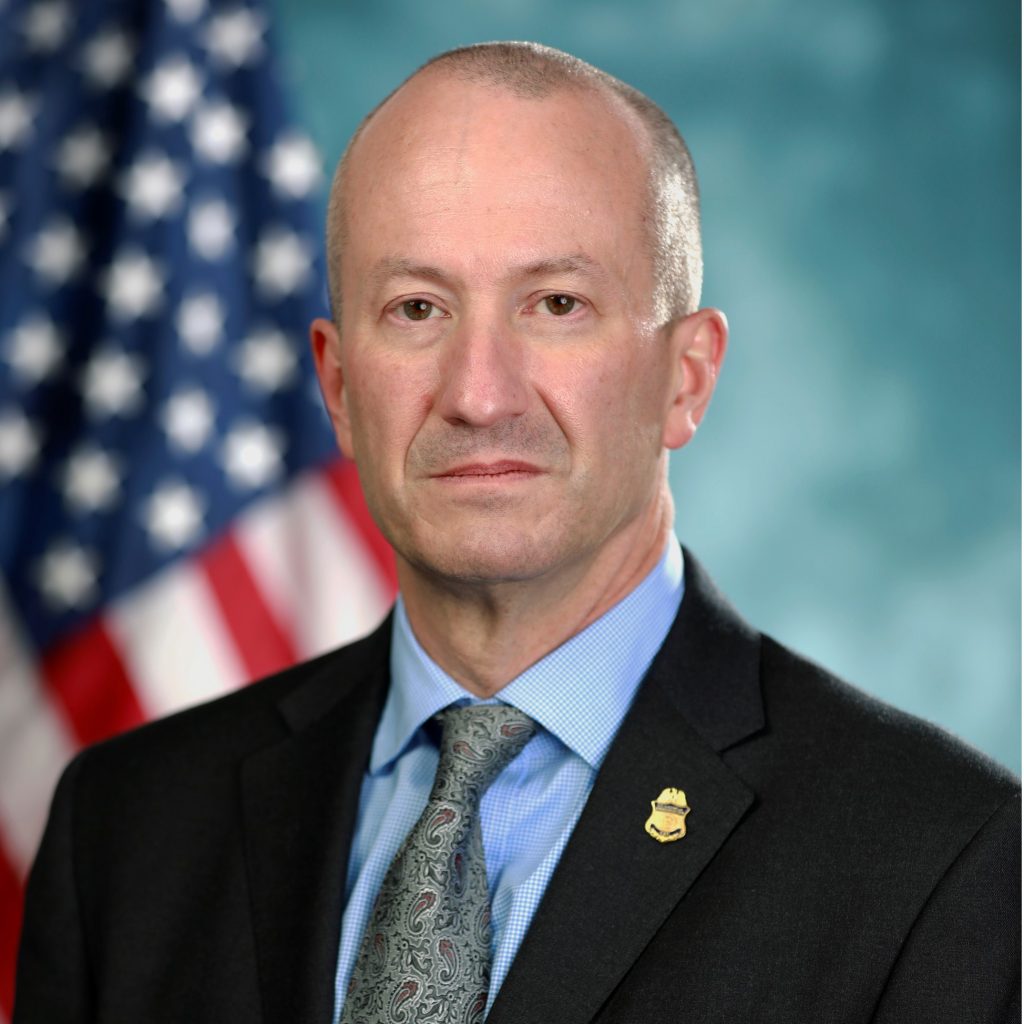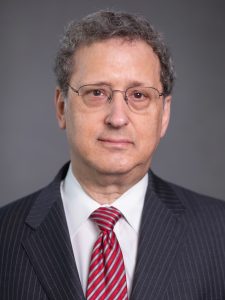Missed the event? Read the recap
Read the issue brief
Please join the Scowcroft Center for Strategy and Security’s Forward Defense practice and its Future of DHS Project for a virtual public event, “Biometrics at the border: Balancing security, convenience, and civil liberties,” on Monday, January 31, 2022, from 2:00 p.m. to 3:30 p.m. EST. To receive the Zoom link, please click the REGISTER button above.
Since 1994, the Department of Homeland Security’s (DHS) Customs and Border Protection (CBP) (formerly US Border Patrol) has collected fingerprints from migrants entering the nation. Today, US and allied border agencies are increasingly recognizing that biometrics—identification through individual characteristics such as fingerprints and facial recognition—can expedite the secure and lawful movement of people and cargo across borders, through airports, and throughout global transportation networks. However, while facial recognition and similar capabilities enable convenience, they also unlock the door to the persistent surveillance routinely seen by China, Russia, and other autocratic nations. To fully adopt biometrics into CBP operations, the US government and an enlightened private sector must balance security and efficiency demands with the need to hedge against privacy concerns. This event, and a forthcoming policy brief on the same topic, will investigate the technological investments that must be made—and safeguards put in place—by CBP to keep pace with growing traffic at US borders.
Tune in for keynote remarks by US CBP deputy commissioner Troy A. Miller, as well as a panel featuring Forward Defense nonresident senior fellow Seth Stodder, author of an upcoming Atlantic Council issue brief on this topic, managing director of Immigration and Cross-Border Policy at the Bipartisan Policy Center Theresa Cardinal Brown, vice president of Border Security Solutions at SAIC Craig McIntire, and former CBP deputy executive assistant commissioner in the Office of Field Operations John Wagner.
We hope you can join us for what promises to be an important and timely discussion. To receive the virtual Zoom link, please register by completing the registration form below.
Generously supported by

Welcome remarks by
Keynote remarks by

Troy A. Miller
Deputy Commissioner, Customs and Border Protection, US Department of Homeland Security
A panel featuring

Theresa Cardinal Brown
Managing Director, Immigration and Cross-Border Policy
Bipartisan Policy Center

Craig McIntire
Vice President, DHS, CBP, and TSA Border Security Solutions
SAIC

Seth Stodder
Nonresident Senior Fellow, Forward Defense, Scowcroft Center for Strategy and Security Atlantic Council

John P. Wagner
Former Deputy Executive Assistant Commissioner, Office of Field Operations, Customs and Border Protection
US Department of Homeland Security
Moderated by

Forward Defense, housed within the Scowcroft Center for Strategy and Security, generates ideas and connects stakeholders in the defense ecosystem to promote an enduring military advantage for the United States, its allies, and partners. Our work identifies the defense strategies, capabilities, and resources the United States needs to deter and, if necessary, prevail in future conflict.




On Twitter? Follow the conversation with @ACScowcroft and @AtlanticCouncil using #ForwardDefense